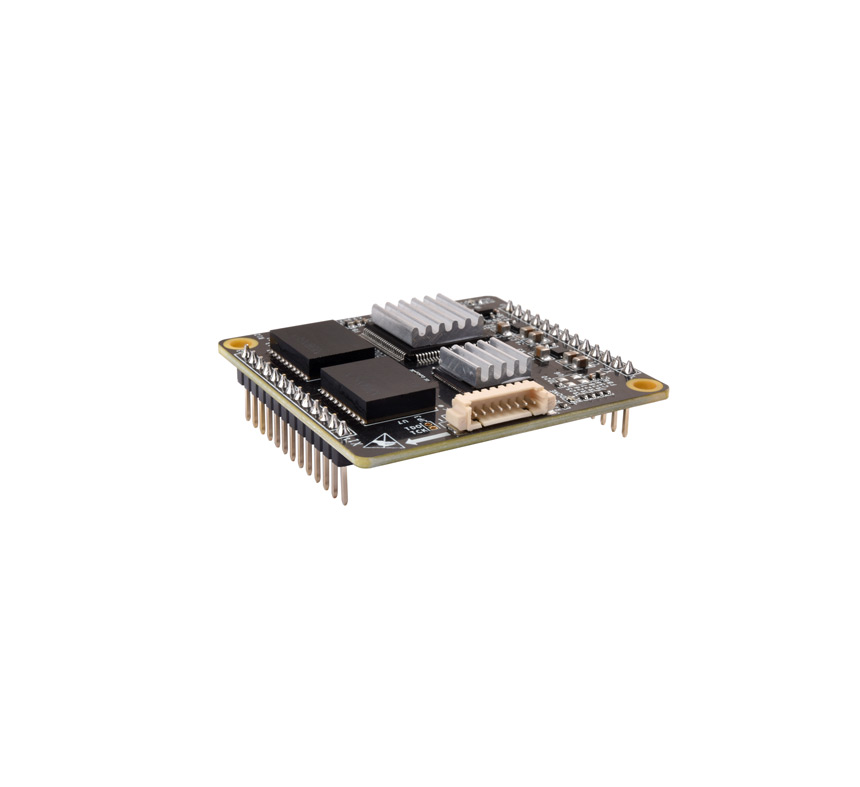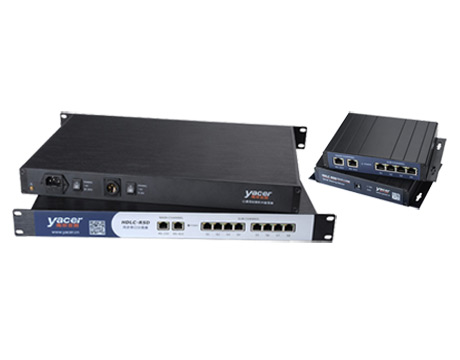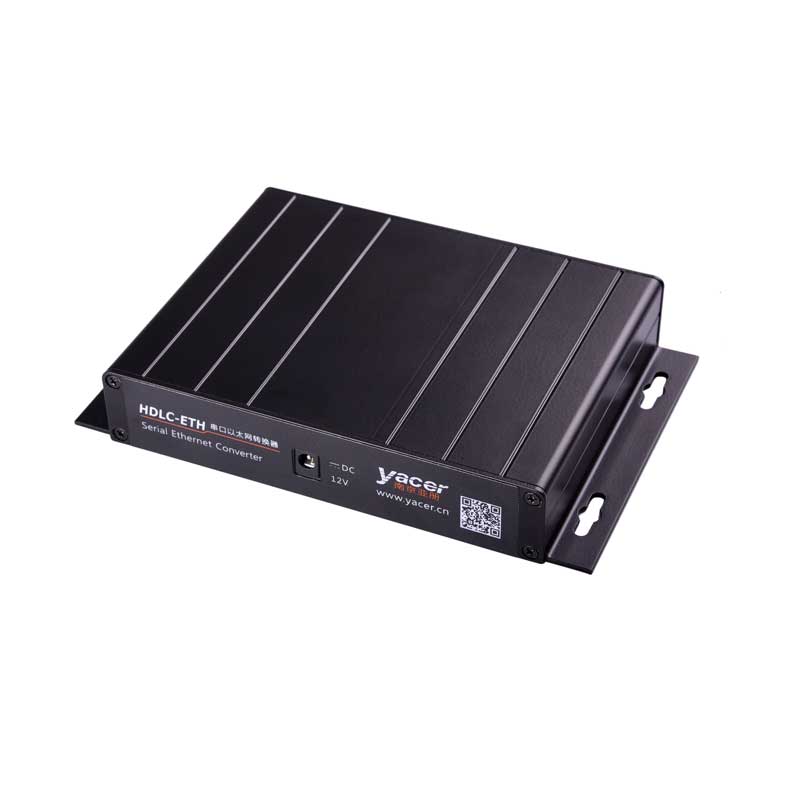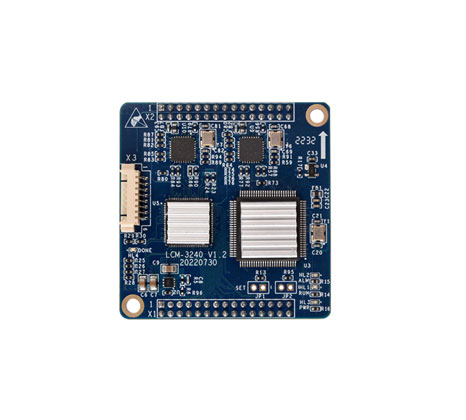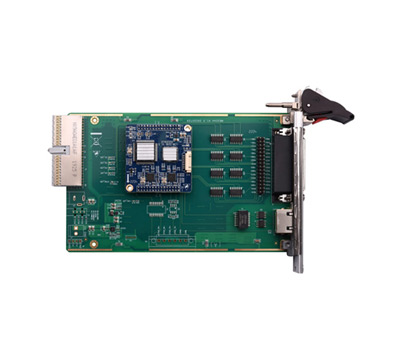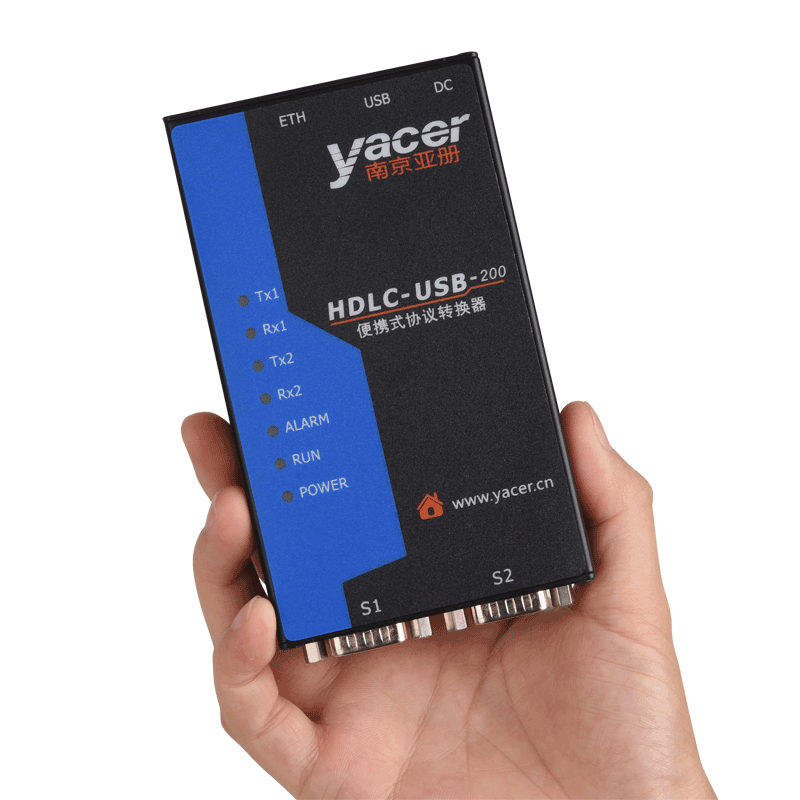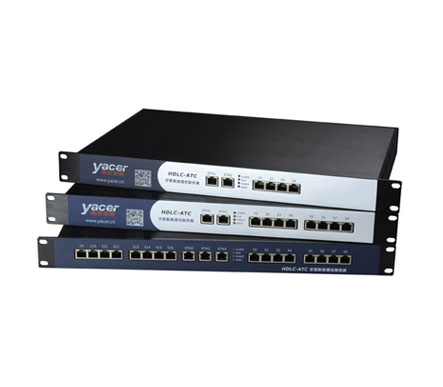As new technologies such as 5G, AI, and quantum communication emerge in an endless stream, a traditional protocol born in 1974 - High - level Data Link Control (HDLC) is quietly rejuvenating. It not only holds its position as an "industrial cornerstone" in core fields such as finance and transportation, but also becomes a "resilient force" that cannot be ignored in the digital ecosystem through technological integration and innovative applications.
• Traditional Scenarios: Building a Foundation of Trust with Determinism
In fields that pursue "zero tolerance for errors", the stability of HDLC remains the industry's first choice. Seven of the world's top 10 banks still rely on its synchronous serial links for their core transaction systems. In the cross-border payments with an average daily volume of more than 2 billion transactions, the protocol's Frame Check Sequence (FCS) and zero-bit insertion mechanism control the transmission error rate at the 10^-12 level. The Chinese high - speed rail dispatching system uses a variant of HDLC to achieve millisecond - level signal synchronization for trains departing every 3 minutes. In the scenario with a daily traffic of more than 600 trains, it maintains a 100% dispatching accuracy rate. These cases confirm that in the face of extreme reliability requirements, the technical accumulation of traditional protocols is still the "ballast stone".
• Innovative Applications: Breaking through Scenario Boundaries with Openness
The "old tree" of HDLC is sprouting "new branches". In the field of industrial Internet of Things, a leading enterprise encapsulated the protocol into a LoRaWAN module, which increased the data transmission success rate of water monitoring equipment in the underground pipeline environment from 82% to 99.6%, and saved 30% more power than the MQTT protocol. More groundbreaking is that Huawei has integrated HDLC with Time - Sensitive Networking (TSN) in 5G private networks, reducing the control delay of mechanical arms in automobile production lines from 5ms to 1.2ms, which is 3 times the response speed of the traditional Ethernet scheme. This kind of innovation of "putting new wine in old bottles" is reshaping the application boundaries of traditional protocols.
• Technical Logic: Coping with Era Changes with Architectural Resilience
The revival code of HDLC is hidden in its "programmable" underlying architecture. After the protocol's address field is expanded from 8 bits to 16 bits, a single network can support the networking of 65,000 Internet of Things devices; the P/F bit of the control field can be dynamically switched between the flow control mode and the error recovery mode through software definition. In the field of quantum communication, the transparent transmission characteristics of the protocol are used to realize the embedded distribution of quantum keys in HDLC frames. The key generation rate in 120 kilometers of optical fiber reaches 1.2Mbps, which is twice that of the traditional protocol. These practices show that the vitality of classic protocols stems from the compatibility of their architecture with technological iterations.
• Ecological Value: Defining Future Communications with "Symbiosis of the Old and the New"
Facing the controversy of "whether traditional protocols are outdated", HDLC gives the answer with facts: in smart city projects, the transformed protocol simultaneously carries 7 types of services such as video surveillance and environmental monitoring, and the resource utilization rate is 45% higher than that of the PPP protocol; in the field of power Internet of Things, its combination with IPv6 has increased the access efficiency of distribution network automation terminals by 60%. This kind of ecology of "supporting the new with stability and promoting stability with the new" is exactly the ideal model of technological evolution in the digital age - it not only avoids the waste of resources caused by "starting from scratch", but also releases technological dividends through gradual innovation.
From the "guardian of determinism" in the industrial era to the "ecological connector" in the digital era, the revival of HDLC reveals a deeper industrial law: in today's era of rapid technological progress, the real competitiveness does not lie in chasing trends, but in building a technical foundation that can be precipitated and evolved. Perhaps as the Flag field in its frame structure shows - the value of classic protocols lies in providing a "positioning anchor" that never loses its way for technological evolution.

